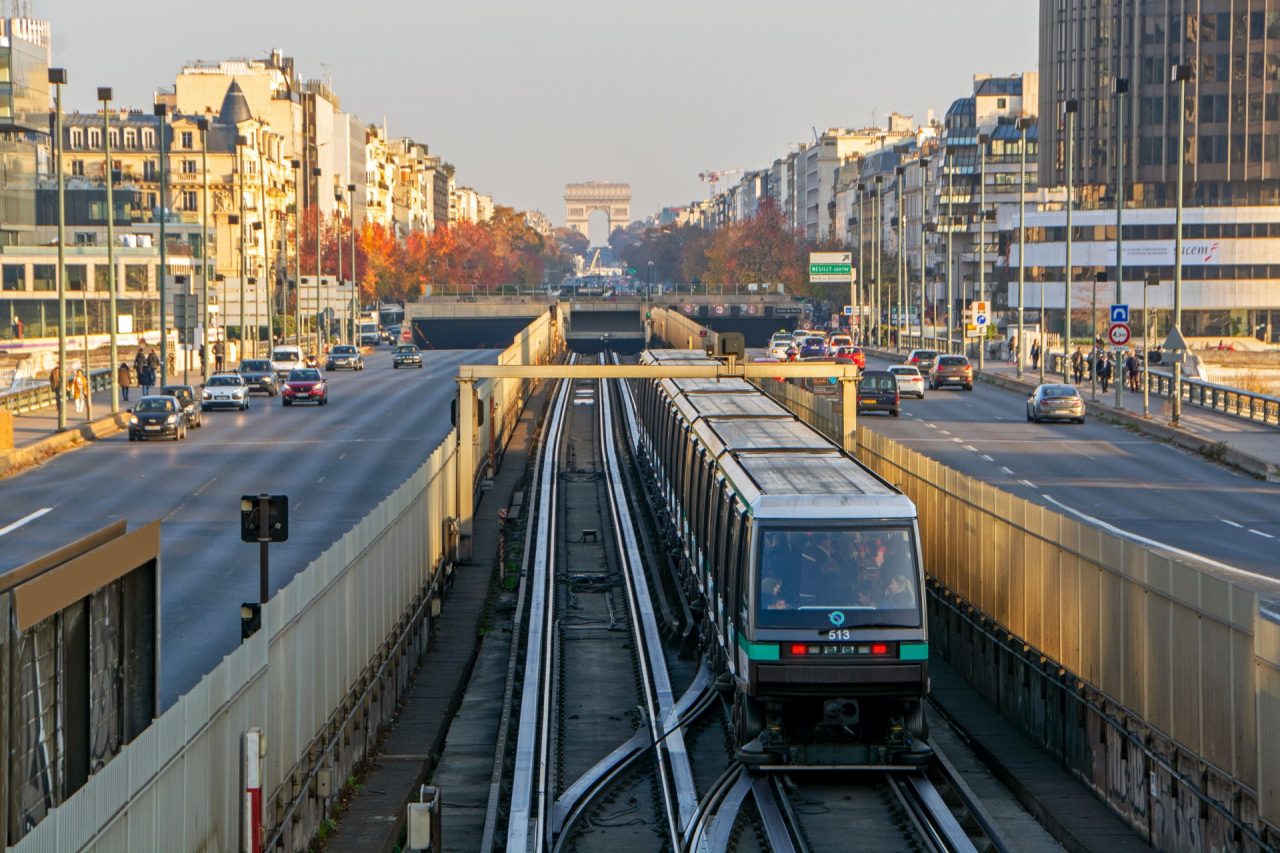Parisians got to preview the infrastructure of the future on October 16, when 40 construction sites along the French capital’s ambitious Grand Paris Express metro opened to the public for visits. The Société du Grand Paris Express (SGP) organised a day of visits offering a firsthand look of the system that’s set to change the face of Paris mobility.
The 40 participating construction sites were along lines 14, 15, 16, 17 and 18. They are part of a new metro network about 200 kilometres (124.2 miles) long—set to become the largest ever built.
Like a museum designed to be discovered one piece at a time, the construction sites piqued residents’ curiosity through one-hour guided tours. Tour participants got to visit some of the future stations, including Pont de Sèvres, Sant-Denis Pleyel, and Bourget.
Several thousand people took part in the Open Day, a substantial portion of which explored line 16, which Webuild is working on with its French partner Nouvelles Génération d’Entrepreneurs (NGE), while others explored the extension of line 14. Together, these two routes will eliminate the need for 385,000 road vehicles on a daily basis, reducing CO2 emissions by 81,000 tonnes per year.
This sizeable impact is just one part of the Parisian transit revolution this new system will set in motion once inaugurated.
An in-depth look at the techniques behind the colossal project
Visitors who ventured into the Paris underground were able to take in both the grandeur of the work and the complexity of the machinery and processes used. In Lot 2 of Line 16, where the Webuild Group is involved, two mechanical moles, the TBM Houda and the TBM Mirabelle, are carrying out the excavation operations. The two tunnellers have been working underground for months and will continue until they meet underground in Sevran. Once the tunnel is completed, they will be disassembled and used elsewhere. During the open day, visitors were able to walk inside the metro tunnels, getting a firsthand look at what will soon become the main way millions of people get around.
“This is a unique opportunity to discover the project’s complexity and to understand the positive transformation it will generate,” Sandrine Gourlet, SGP’s director of external relations, told Le Figaro.
Transparency and openness with citizens has always been an imperative for the project’s backers. To that end, the Saint-Quen area currently hosts “La Fabrique du Métro”, a museum-like space that explores both the technical and human sides of the work in great detail. Visitors get an immersive experience and can view the various stages of the project’s progress, learning about construction techniques as well as seeing a scale model of what the future Grand Paris Express will look like.

Paris calls on artists to “redesign” the Grand Paris Express
With the aim of transforming an infrastructure work into an artistic feat, the Société du Grand Paris launched the “Illustrating the Grand Paris” initiative, an international call for the creation of permanent frescoes that will lend color and an artistic spirit to the metro stations.
Submissions were open until September 15, after which a team of experts began selecting the 32 winning artists who will create the illustrations across the new metro’s 30 stations. Inside each station, 50 square meters (538 square feet) will be set aside specifically for these illustrations. Their aim is to build a connection between the underground and the city, creating what the organisers have called “a window on the metropolis.”
A transparent work for Paris’ future
Opening the Grand Paris Express to residents is an important step in the project’s long construction process, but also in its integration with the surface of greater Paris, the boundless metropolis that surrounds the heart of the City of Light. With its 200 kilometres (124 miles) and 68 stations, the new metro network is an in-the-wild example of sustainable mobility, moving people, reducing atmospheric emissions, bringing distances closer together, and mitigating smog and congestion.
According to data from the Société du Grand Paris, by 2050 the metro will have cut CO2 emissions by 27.6 million tonnes. At the same time, it will generate an additional GDP of €100 billion ($115 billion) by creating 115,000 jobs. The areas around the stations will undergo significant urban development; in the coming years, between 250,000 and 400,000 new housing units will be built. In addition to all this, the Grand Paris Express will be the driving force behind a less-visible but equally important infrastructure: a fibre optic network that will run along the line’s entire route, transforming the metro into the most digitally advanced of its kind. It’s another great achievement to be shared and celebrated with city residents.

